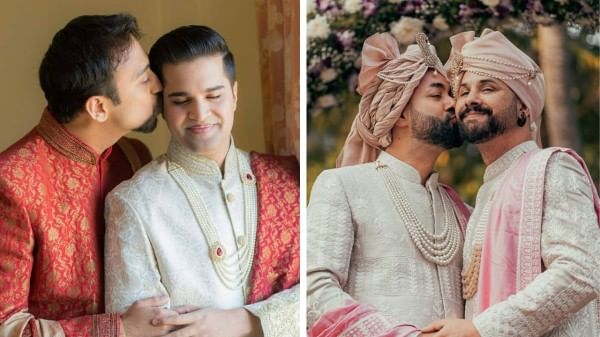New Delhi: A lavender marriage might sound like a modern term, but its roots stretch back almost a century, especially to old Hollywood and other conservative societies where being openly LGBTQ+ invited stigma, discrimination or even punishment. Lavender marriage is a union between a man and a woman where one or both partners and LGBTQ+. The marriage is not built on romantic love but is rather a protective front to conceal their true sexual orientation from a judgmental society.
The name itself carries symbolism, lavender, a pale shade of purple has long been associated with queer identity and LGBTQ+ pride.
The term “lavender” is linked to queer culture going back decades. Lavender, has long been an emblem of LGBTQ+ identity. Historically, these marriages offered individuals such as public figures and celebrities, a way to “pass” as straight, shielding them from career damage or social exclusion. They were less about romance and more about acceptance.
As Rafaella Smith-Fiallo, founder of Healing Exchange LLP, explains as quoted by feeld.co, “It’s about resisting the idea that marriage has to be romantic to be real. You can have a deeply meaningful relationship that doesn’t include sexual or romantic attraction, and that’s still valid as hell.” She also added that these partnerships reflect “a shift in intentionality”—moving away from the need to pass as straight and toward creating affirming lives on your own terms.
As times change and society grows more inclusive, the purpose and perception of lavender marriages have evolved. These kind of arrangements still exist to date in societies where acceptance remains limited.
For some, they continue to serve as a safeguard for personal and professional safety, for others, they represent a conscious choice to redefine traditional relationships in the society toady.
Lavender marriages shed light on the on the ongoing struggle between personal authenticity and societal expectations.
